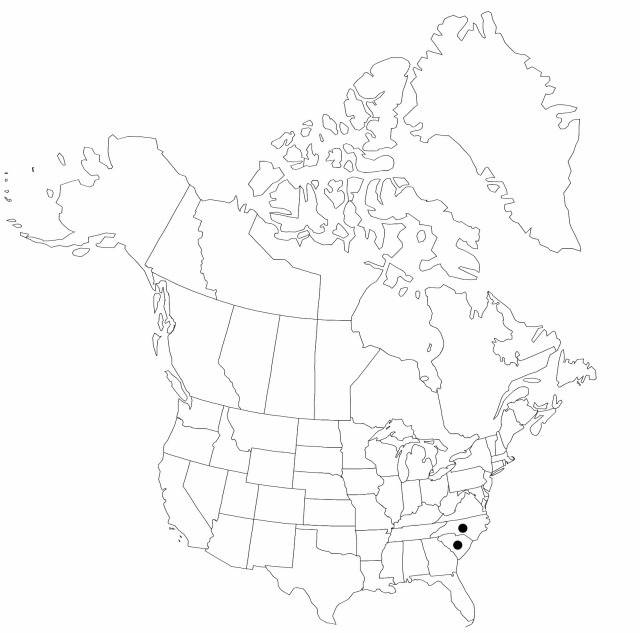Difference between revisions of "Carex radfordii"
Novon 5: 259, fig. 1. 1995.
FNA>Volume Importer |
imported>Volume Importer |
||
| (3 intermediate revisions by 2 users not shown) | |||
| Line 32: | Line 32: | ||
-->{{#Taxon: | -->{{#Taxon: | ||
name=Carex radfordii | name=Carex radfordii | ||
| − | |||
|authority=Gaddy | |authority=Gaddy | ||
|rank=species | |rank=species | ||
| Line 47: | Line 46: | ||
|publication year=1995 | |publication year=1995 | ||
|special status= | |special status= | ||
| − | |source xml=https:// | + | |source xml=https://bitbucket.org/aafc-mbb/fna-data-curation/src/2e0870ddd59836b60bcf96646a41e87ea5a5943a/coarse_grained_fna_xml/V23/V23_800.xml |
|genus=Carex | |genus=Carex | ||
|section=Carex sect. Laxiflorae | |section=Carex sect. Laxiflorae | ||
Latest revision as of 21:43, 5 November 2020
Culms densely tufted, erect, ascending, rarely decumbent, 28–61 cm × 0.7–1.2 mm. Leaves: basal sheaths pale brown; sheaths 0.8–32 mm; blades erect or ascending, glaucous, midrib well developed especially abaxially, 2 lateral veins developed adaxially, flat, 28–59 cm × 5–10 mm, dead leaves lateral to new clumps, blades of overwintered leaves densely papillose abaxially. Inflorescences: longer peduncles of proximal lateral spikes 1.4–14 times as long as spikes they subtend; peduncles of terminal spike 0.4–11 cm. Bracts 0.2–1 cm × 2–4.5 mm, longest bract blade 5–8 cm; bract blades of distal lateral spikes linear, narrower than spikes, widest bract blade of distalmost lateral spike 0.5–3.4 mm wide. Spikes 4(–5) per culm; lateral spikes 14–45 × 2.2–4.5 mm, distal lateral spikes separate; terminal spike linear, 12–40 × 2–3.5 mm. Pistillate scales 3–9 × 1.4–2.1 mm, apex aristate, rarely acute, awn 1–5 mm, serrulate. Staminate scales 7–11 × 1.2–2 mm, margins hyaline. Anthers 3.2–3.8 mm. Perigynia 3–10 per spike, loosely overlapping, ratio of longer lateral spike length to pergynia number 1.9–3.4, ascending, finely, conspicuously (22–)25–32-veined, obovate, 3.1–4.5 × 1.8–2.3 mm; beak slightly recurved, 0.9–1.5 mm. Achenes obovoid, 1.2–2.8 × 0.9–1.4 mm. 2n = 46.
Phenology: Fruiting spring.
Habitat: Moist, deciduous forests, moist calcareous soils
Elevation: 300–600 m
Discussion
Of conservation concern.
Selected References
None.

